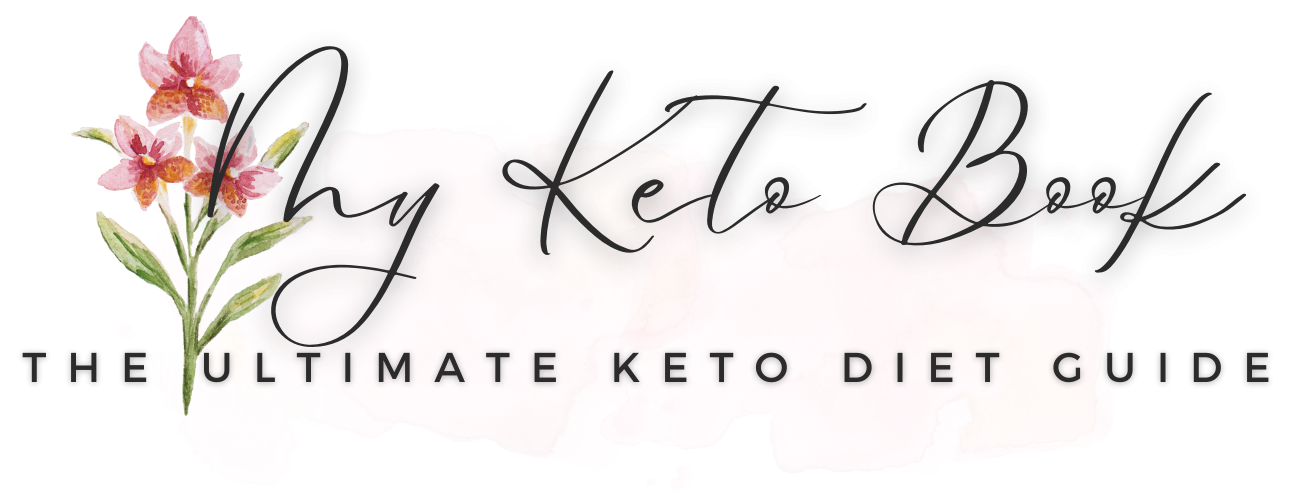In an age of information overload, the key to effective communication lies in personalization. Whether you’re crafting a presentation, writing an article, or designing a marketing campaign, understanding your audience and tailoring your message is paramount. Let’s explore how you can mix and match different elements to create content that resonates.
Understanding Your Audience
Before diving into content creation, it’s crucial to understand who your audience is. Consider demographics, interests, and preferences. Are they professionals looking for industry insights? Or casual readers seeking entertainment? Conduct surveys or engage in social media interactions to gather valuable data, which can guide your content strategy.
The Basics of Mixing and Matching
Once you know your audience, you can mix and match various content elements to create something unique. Here are some key components to consider:
1. Tone and Style
-
Formal vs. Informal: A professional audience may require a formal tone, while a younger demographic may appreciate a more casual, conversational style. Adjusting your tone can greatly influence how your message is received.
- Humor: Infusing humor can make your content more relatable, but ensure it aligns with your audience’s sensibilities.
2. Content Format
-
Article Length: Short, punchy pieces may work better for busy professionals, while in-depth analyses might appeal to enthusiasts.
- Multimedia Elements: Incorporate videos, infographics, or podcasts. For example, if you’re presenting data, a chart can be more impactful than text alone.
3. Cultural References
- Make use of local nuances or trending topics. Customizing references to resonate with specific locales can create a stronger connection. For instance, referencing popular local festivals or sports teams can engage your audience meaningfully.
4. Subtopics and Themes
-
Niche Topics: Tailor subtopics to fit your audience’s interests. For example, if writing a technology article, you might focus on sustainability in tech for environmentally-conscious readers.
- Thematic Grouping: Group related ideas under themes that can guide your audience through a coherent narrative.
Practical Steps to Create Customized Content
1. Research and Analysis
Begin by analyzing existing content that resonates with your target demographic. Identify successful strategies and elements that could be adapted for your purposes.
2. Feedback Loops
Establish mechanisms for feedback. Encourage audiences to provide input on what they liked or disliked and refine your approach accordingly.
3. Iterate and Evolve
Your audience’s preferences may change over time. Stay attuned to shifts in trends or interests and be willing to pivot your content strategy accordingly.
Examples of Tailored Content in Action
Marketing Campaigns
A clothing brand might run different campaigns targeting millennials and baby boomers. For millennials, they might use social media influencers and interactive content, while for baby boomers, they may opt for email newsletters and television ads.
Educational Content
In an online course, instructors can use a combination of video lectures, readings, and interactive quizzes, tailored to various learning styles. This approach often leads to better engagement and retention.
Event Planning
When organizing an event, consider creating different tracks for various audience segments. This way, attendees can choose sessions that directly interest them, enhancing their overall experience.
Conclusion
The ability to mix and match content elements tailored to your audience is invaluable. By understanding their needs and preferences, you can create impactful content that not only informs but also engages and inspires action. So, feel free to explore different combinations until you find the perfect mix that resonates with your unique audience!








